Visiting Palo Verde National Park
Palo Verde National Park is located on the banks of the Tempisque River, in the Nicoya Peninsula. As part of the Guanacaste province, the park is just over an hour removed from Liberia’s international airport (LIR). Palo Verde is a birdwatcher’s paradise. It is the meeting place of the largest concentration of aquatic birds and migratory birds of the Central American Pacific Coast. During the rainy season (or wet season), the lowlands are transformed into huge wetlands which attracts even more diversity of life. Palo Verde is protected by the Ramsar Convention. An international treaty ensuring the conservation of wetlands. This elevated status has supported a stable growth of the wildlife population and makes Palo Verde a top destination in Costa Rica.
Highlights
Bird species
 During the rainy season there can be a great access of water. As a result, the floods of the Tempisque river have created lagoons, lakes and mangrove swamps that now so uniquely define Palo Verde. These wetlands are a huge draw for many bird species and a paradise for birdwatchers. Be prepared to spot birds like the toucan, scarlet macaws, the roseate spoonbill, wood storks, tanagers, orioles, black-bellied whistling duck,… and many more. In total, Palo Verde is home to 279 different species of birds!
During the rainy season there can be a great access of water. As a result, the floods of the Tempisque river have created lagoons, lakes and mangrove swamps that now so uniquely define Palo Verde. These wetlands are a huge draw for many bird species and a paradise for birdwatchers. Be prepared to spot birds like the toucan, scarlet macaws, the roseate spoonbill, wood storks, tanagers, orioles, black-bellied whistling duck,… and many more. In total, Palo Verde is home to 279 different species of birds!
Wildlife tours
 You can discover Palo Verde and its wildlife in a wide variety of tours. Next to the impressive avian population, the Tempisque River also has the largest concentration of crocodiles in the country. The best way to spot these creatures is by taking a boating tour on the Tempisque river. On your boat ride you won’t only see crocodile, of course. Prepare to see monkeys like howler monkeys, anteaters, bats, iguanas, white-tailed deer, and many more! Some tours can also take you by the Isla de los Parajos, a major nesting colony for wading birds. Tours are available in combo options. We recommend you certainly explore these. They will provide you with a thorough insight into this park, its life and its workings!
You can discover Palo Verde and its wildlife in a wide variety of tours. Next to the impressive avian population, the Tempisque River also has the largest concentration of crocodiles in the country. The best way to spot these creatures is by taking a boating tour on the Tempisque river. On your boat ride you won’t only see crocodile, of course. Prepare to see monkeys like howler monkeys, anteaters, bats, iguanas, white-tailed deer, and many more! Some tours can also take you by the Isla de los Parajos, a major nesting colony for wading birds. Tours are available in combo options. We recommend you certainly explore these. They will provide you with a thorough insight into this park, its life and its workings!
Tropical dry forest
 Palo Verde National Park is not only a magnificent bird sanctuary, it is also an important refuge for one of the last remainders of the deciduous dry forests of the Neotropics. This is a great place to discover exactly how a dry forest maintains itself. Due to the lack of rainwater, the dry forest has to survive in other ways. The bushes shed their leaves to save water and the photosynthesis takes place in the bark of the tree, which gives them a rare green color. Curious to discover more? Then you will definitely enjoy a guided hike through the park!
Palo Verde National Park is not only a magnificent bird sanctuary, it is also an important refuge for one of the last remainders of the deciduous dry forests of the Neotropics. This is a great place to discover exactly how a dry forest maintains itself. Due to the lack of rainwater, the dry forest has to survive in other ways. The bushes shed their leaves to save water and the photosynthesis takes place in the bark of the tree, which gives them a rare green color. Curious to discover more? Then you will definitely enjoy a guided hike through the park!
The Tempisque Conservation Area
 Palo Verde is part of the Tempisque Conservation Area, and you can visit other parts of it as well. This area includes the Caballero Wildlife Refuge, Barra Honda National Park, and the Lomas Barbudal Biological Reserve. These protected areas surpass 73,000 hectares and over fifteen different habitats making it one of Costa Rica’s most diverse areas! Barra Honda is home to some amazing caves. You can hire a guide and walk through the forests, and end your tour exploring the beauty of this underground palace! Lomas Barbudal Biological Reserve is first and foremost an area of scientific study. This is why it is a great place to learn more about the fauna, flora and history of the Tempisque Conservation Area. Since it is also sparsely visited, it is a good opportunity for an off the beaten path hike.
Palo Verde is part of the Tempisque Conservation Area, and you can visit other parts of it as well. This area includes the Caballero Wildlife Refuge, Barra Honda National Park, and the Lomas Barbudal Biological Reserve. These protected areas surpass 73,000 hectares and over fifteen different habitats making it one of Costa Rica’s most diverse areas! Barra Honda is home to some amazing caves. You can hire a guide and walk through the forests, and end your tour exploring the beauty of this underground palace! Lomas Barbudal Biological Reserve is first and foremost an area of scientific study. This is why it is a great place to learn more about the fauna, flora and history of the Tempisque Conservation Area. Since it is also sparsely visited, it is a good opportunity for an off the beaten path hike.
Explore the Nicoya Peninsula
 The Nicoya Peninsula is more than just an amazing collection of parks and reserves. As one of the Blue Zone areas of the world, health as well as Costa Rica’s slower pace of life found their roots here. By visiting coastal towns such as Samara and Nosara, you can experience the full effect of this intoxicating lifestyle. Make sure to also drop by the town of Nicoya and discover the history of the first colonial town in Costa Rica!
The Nicoya Peninsula is more than just an amazing collection of parks and reserves. As one of the Blue Zone areas of the world, health as well as Costa Rica’s slower pace of life found their roots here. By visiting coastal towns such as Samara and Nosara, you can experience the full effect of this intoxicating lifestyle. Make sure to also drop by the town of Nicoya and discover the history of the first colonial town in Costa Rica!
Tips
Visit between December and May: There is less water during the dry season and the birds all gather by the marshes and waterholes. Next to that, there is less vegetation, making it easier to spot wildlife.
Take a combo tour: Learn about the birds, the monkeys, the crocodile, but also the tropical dry forest!
Visit the other national parks: This region knows great biodiversity as well as a varied landscape. Visit parks like Barra Honda and explore the stunning cave formations!
Rent a car: This is your best option if you want to explore many different locations on the charming and diverse Nicoya Peninsula.
Getting there
 You can reach Palo Verde from the international airport in Liberia (LIR). From here, it will take you just over an hour to reach the park. If you are traveling from San Jose, you can take private shuttle, rent a car or fly to Liberia. Keep in mind that if you drive, it will take you around 4 hours. That being said, driving in Costa Rica has become very easy with the newly paved roads even in more remote areas.
You can reach Palo Verde from the international airport in Liberia (LIR). From here, it will take you just over an hour to reach the park. If you are traveling from San Jose, you can take private shuttle, rent a car or fly to Liberia. Keep in mind that if you drive, it will take you around 4 hours. That being said, driving in Costa Rica has become very easy with the newly paved roads even in more remote areas.
Where to stay
 Rancho Huma Estancia is a stunning boutique hotel nestled in flawless natural surroundings. This is a great place for birding enthusiasts since some of them can even be spotted from the hotel grounds! As an extension on the original hacienda, you can enjoy spacious rooms as well as gourmet dining. For a rather unique stay in Palo Verde, have a look at Palo Verde Biological Station. This Station offers all kinds of tours from boating trips to hikes. Additionally, you can take photography workshops, educational trips, customized trips and short-term projects! Keep in mind that the habitation are bunk-beds rather than private rooms. But this makes it a great place for groups! If you like this Station but only want a private room elsewhere, not to worry. You can visit just for the wonderful tours and workshops as well!
Rancho Huma Estancia is a stunning boutique hotel nestled in flawless natural surroundings. This is a great place for birding enthusiasts since some of them can even be spotted from the hotel grounds! As an extension on the original hacienda, you can enjoy spacious rooms as well as gourmet dining. For a rather unique stay in Palo Verde, have a look at Palo Verde Biological Station. This Station offers all kinds of tours from boating trips to hikes. Additionally, you can take photography workshops, educational trips, customized trips and short-term projects! Keep in mind that the habitation are bunk-beds rather than private rooms. But this makes it a great place for groups! If you like this Station but only want a private room elsewhere, not to worry. You can visit just for the wonderful tours and workshops as well!

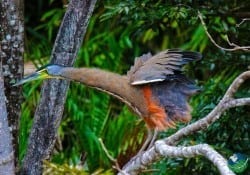 During the rainy season there can be a great access of water. As a result, the floods of the Tempisque river have created lagoons, lakes and mangrove swamps that now so uniquely define Palo Verde. These wetlands are a huge draw for many bird species and a paradise for birdwatchers. Be prepared to spot birds like the toucan, scarlet macaws, the roseate spoonbill, wood storks, tanagers, orioles, black-bellied whistling duck,… and many more. In total, Palo Verde is home to 279 different species of birds!
During the rainy season there can be a great access of water. As a result, the floods of the Tempisque river have created lagoons, lakes and mangrove swamps that now so uniquely define Palo Verde. These wetlands are a huge draw for many bird species and a paradise for birdwatchers. Be prepared to spot birds like the toucan, scarlet macaws, the roseate spoonbill, wood storks, tanagers, orioles, black-bellied whistling duck,… and many more. In total, Palo Verde is home to 279 different species of birds!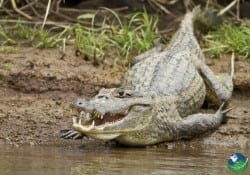 You can discover Palo Verde and its wildlife in a wide variety of tours. Next to the impressive avian population, the Tempisque River also has the largest concentration of crocodiles in the country. The best way to spot these creatures is by taking a boating tour on the Tempisque river. On your boat ride you won’t only see crocodile, of course. Prepare to see monkeys like howler monkeys, anteaters, bats, iguanas, white-tailed deer, and many more! Some tours can also take you by the Isla de los Parajos, a major nesting colony for wading birds. Tours are available in combo options. We recommend you certainly explore these. They will provide you with a thorough insight into this park, its life and its workings!
You can discover Palo Verde and its wildlife in a wide variety of tours. Next to the impressive avian population, the Tempisque River also has the largest concentration of crocodiles in the country. The best way to spot these creatures is by taking a boating tour on the Tempisque river. On your boat ride you won’t only see crocodile, of course. Prepare to see monkeys like howler monkeys, anteaters, bats, iguanas, white-tailed deer, and many more! Some tours can also take you by the Isla de los Parajos, a major nesting colony for wading birds. Tours are available in combo options. We recommend you certainly explore these. They will provide you with a thorough insight into this park, its life and its workings!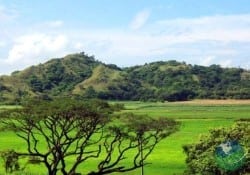 Palo Verde National Park is not only a magnificent bird sanctuary, it is also an important refuge for one of the last remainders of the deciduous dry forests of the Neotropics. This is a great place to discover exactly how a dry forest maintains itself. Due to the lack of rainwater, the dry forest has to survive in other ways. The bushes shed their leaves to save water and the photosynthesis takes place in the bark of the tree, which gives them a rare green color. Curious to discover more? Then you will definitely enjoy a guided hike through the park!
Palo Verde National Park is not only a magnificent bird sanctuary, it is also an important refuge for one of the last remainders of the deciduous dry forests of the Neotropics. This is a great place to discover exactly how a dry forest maintains itself. Due to the lack of rainwater, the dry forest has to survive in other ways. The bushes shed their leaves to save water and the photosynthesis takes place in the bark of the tree, which gives them a rare green color. Curious to discover more? Then you will definitely enjoy a guided hike through the park!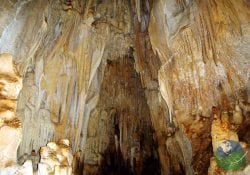 Palo Verde is part of the Tempisque Conservation Area, and you can visit other parts of it as well. This area includes the Caballero Wildlife Refuge,
Palo Verde is part of the Tempisque Conservation Area, and you can visit other parts of it as well. This area includes the Caballero Wildlife Refuge,  The Nicoya Peninsula is more than just an amazing collection of parks and reserves. As one of the Blue Zone areas of the world, health as well as Costa Rica’s slower pace of life found their roots here. By visiting coastal towns such as
The Nicoya Peninsula is more than just an amazing collection of parks and reserves. As one of the Blue Zone areas of the world, health as well as Costa Rica’s slower pace of life found their roots here. By visiting coastal towns such as 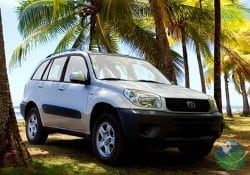 You can reach Palo Verde from the international airport in Liberia (LIR). From here, it will take you just over an hour to reach the park. If you are traveling from San Jose, you can take private shuttle, rent a car or fly to Liberia. Keep in mind that if you drive, it will take you around 4 hours. That being said, driving in Costa Rica has become very easy with the newly paved roads even in more remote areas.
You can reach Palo Verde from the international airport in Liberia (LIR). From here, it will take you just over an hour to reach the park. If you are traveling from San Jose, you can take private shuttle, rent a car or fly to Liberia. Keep in mind that if you drive, it will take you around 4 hours. That being said, driving in Costa Rica has become very easy with the newly paved roads even in more remote areas. If you want to go out and not stay at your hotel for dinner, pass by Restaurante Comidas Palo Verde. This little gem is the kind of place tourists happen upon by accident and are blown away by the charming atmosphere and the quality of the food. Highly recommended!
If you want to go out and not stay at your hotel for dinner, pass by Restaurante Comidas Palo Verde. This little gem is the kind of place tourists happen upon by accident and are blown away by the charming atmosphere and the quality of the food. Highly recommended! Rancho Huma Estancia
Rancho Huma Estancia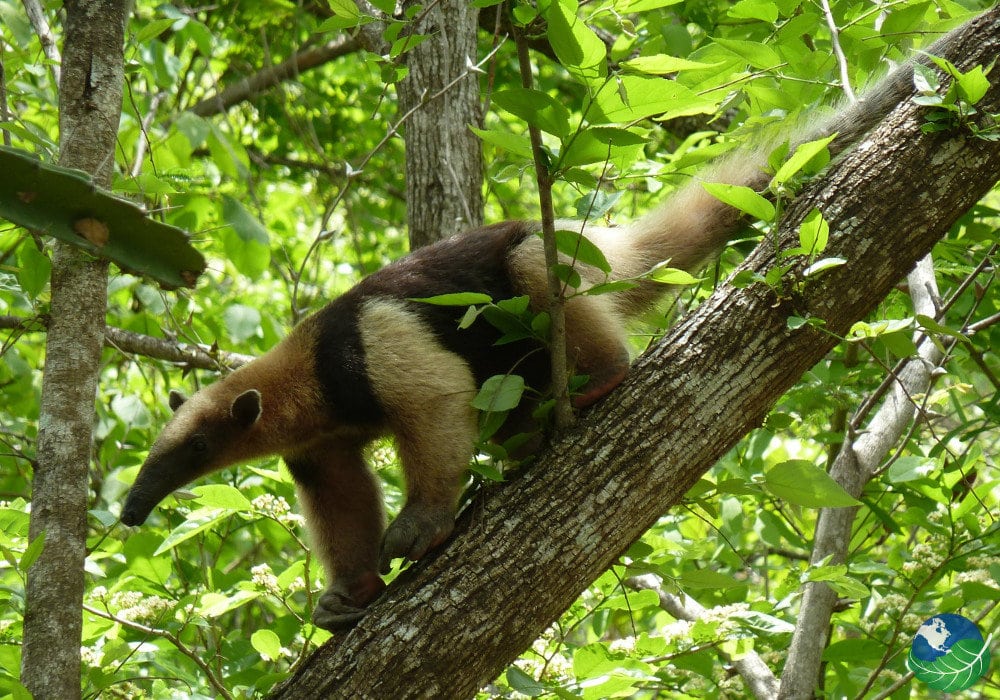

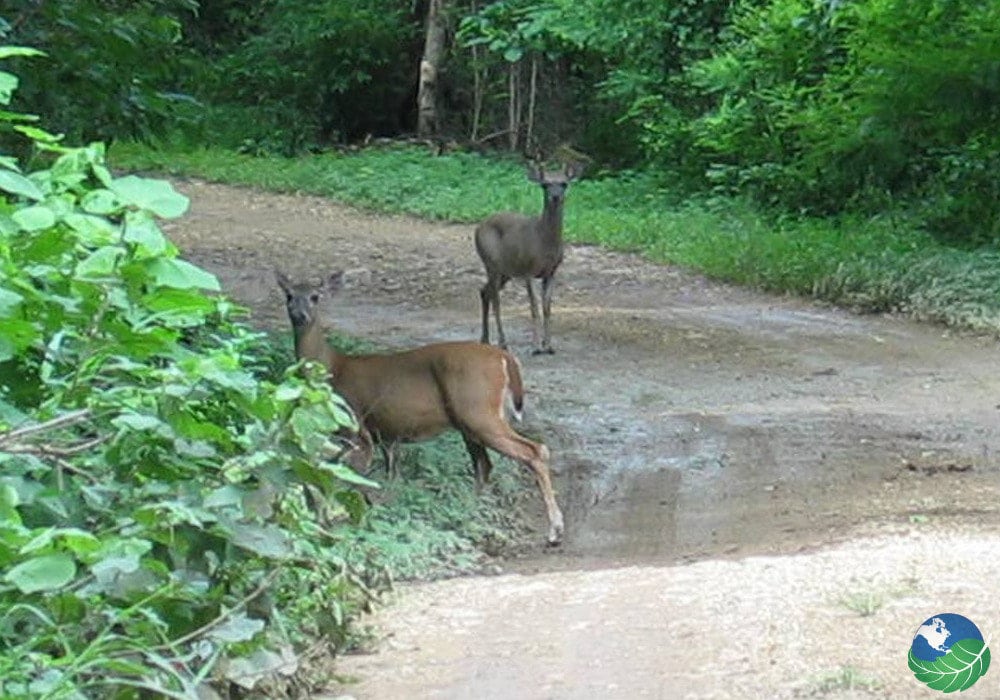
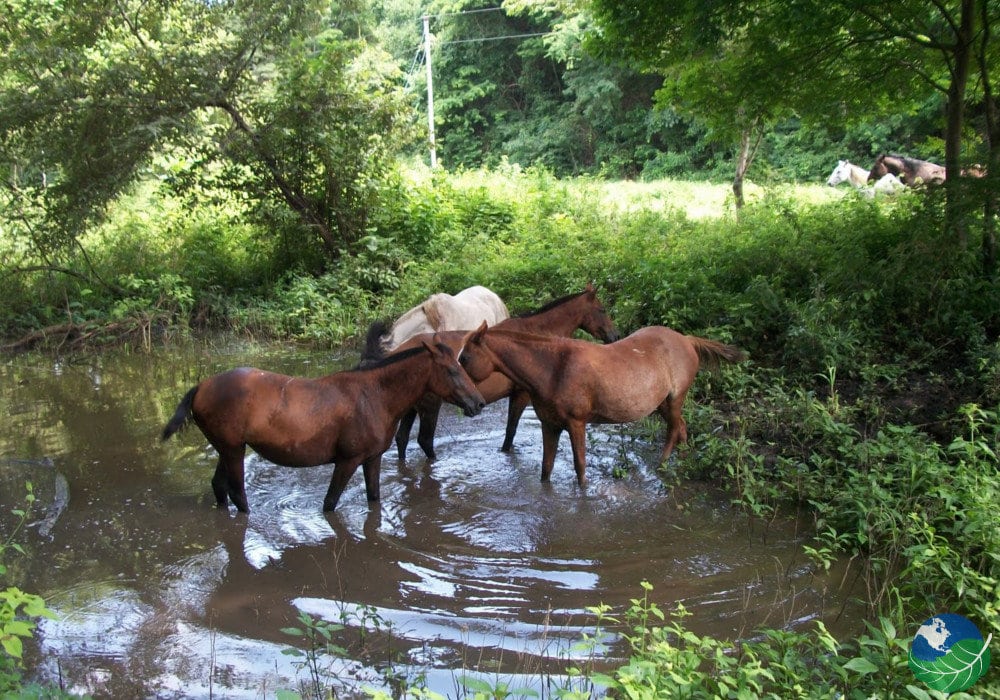
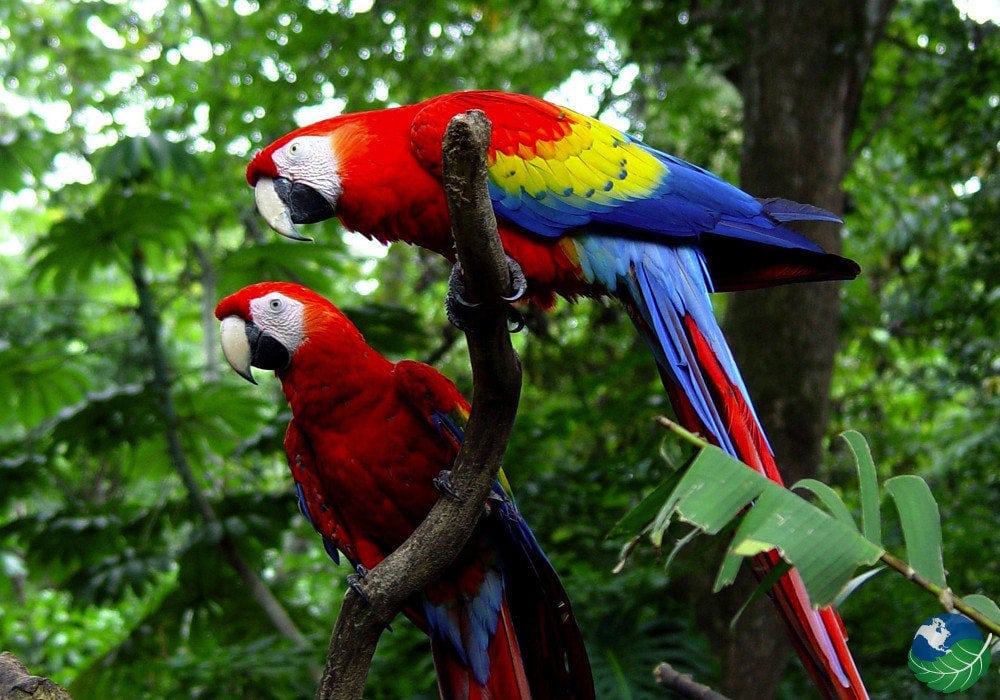




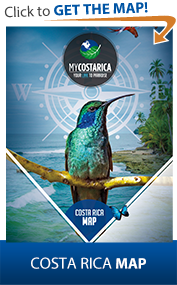
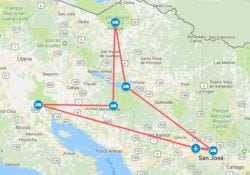

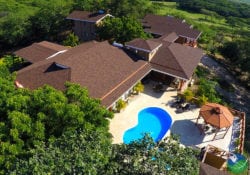









Follow Us